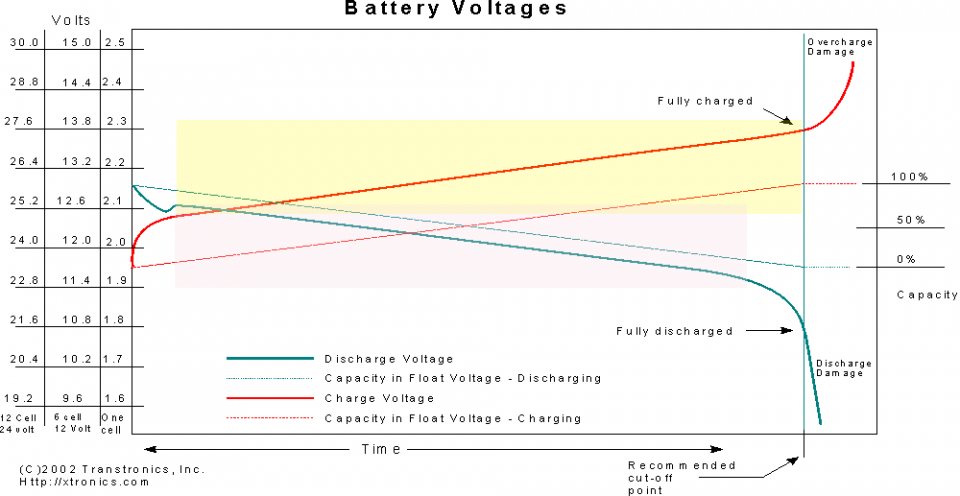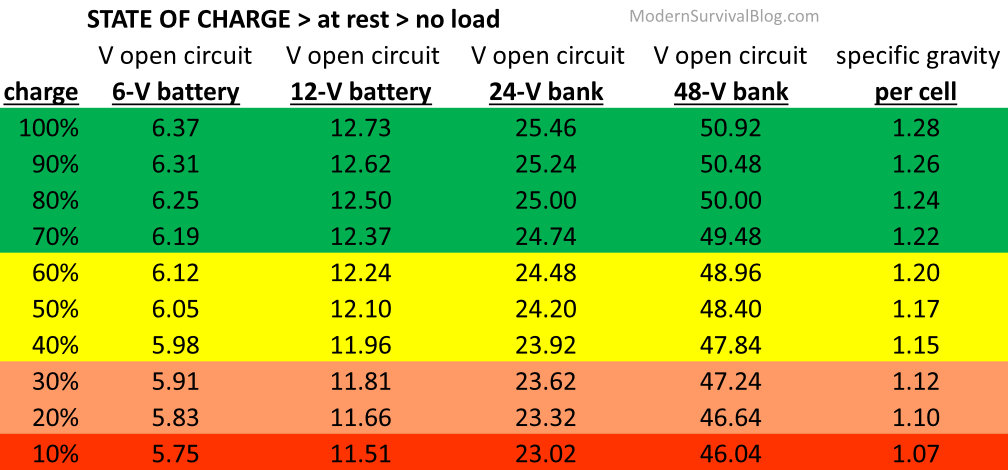


Battery capacity is ‘lost’ when a lead battery is discharged faster.ġ.A lead battery should never be fully discharged.Why is this different for lead batteries? There are two reasons: In the case of lithium batteries (such as those from Rebelcell), the effective battery capacity is very close to the nominal battery capacity. This is mainly the case with lead-acid batteries. This means that in in practice a 100Ah battery can deliver fewer Amps than the 100 Amps that are specified. The effective battery capacity can sometimes differ from the nominal battery capacity. In this case the device would switch off while there is still 25% of capacity in the battery remaining. With a battery from the AV line you need the DC stabilizer because the minimum input voltage of 10V is above the minimum voltage of 9V of the AV battery. With a “normal” lithium battery because the maximum voltage of 13.6V is above the maximum voltage of 12.9V of the depth sounder. Suppose you have a device (for example a depth sounder) with an operating voltage of 10.5V-12.9V then you need to use the DC stabilizer with a lithium battery. The DC stabilizer is designed for devices that do not accept an input voltage that is too high or too low. When you use a 12V battery with a DC stabilizer, the output is always stable at 12V. The table below shows voltage of a lead-acid battery, regular lithium battery and a AV line lithium battery Depending on the chosen battery technology, the actual discharge curve of each battery may vary. This means you don’t have to worry about your engine burning out. The batteries in the AV line have a lower voltage than regular lithium batteries. Since most trolling engines and other equipment have been designed for use with lead-acid batteries, Rebelcell developed the AV line (AV stands for Adjusted Voltage). A fully charged lithium battery delivers 13.6V but delivers 12.9V at 20%. If the lead-acid battery only has 20% left, it will only deliver 11.6V. A 12-volt lead-acid battery that is fully charged often provides a voltage of about 12.7V. So when we talk about a 12-volt, 24-volt or 36-volt battery, we are talking about the voltage of the devices the battery can supply power to. Why are we always talking about 12-volt or 24-volt batteries, but do they never deliver exactly 12 volts or 24 volts? This is because each battery always delivers a slightly higher voltage when the battery is fully charged and a lower voltage when the battery is empty.


 0 kommentar(er)
0 kommentar(er)
